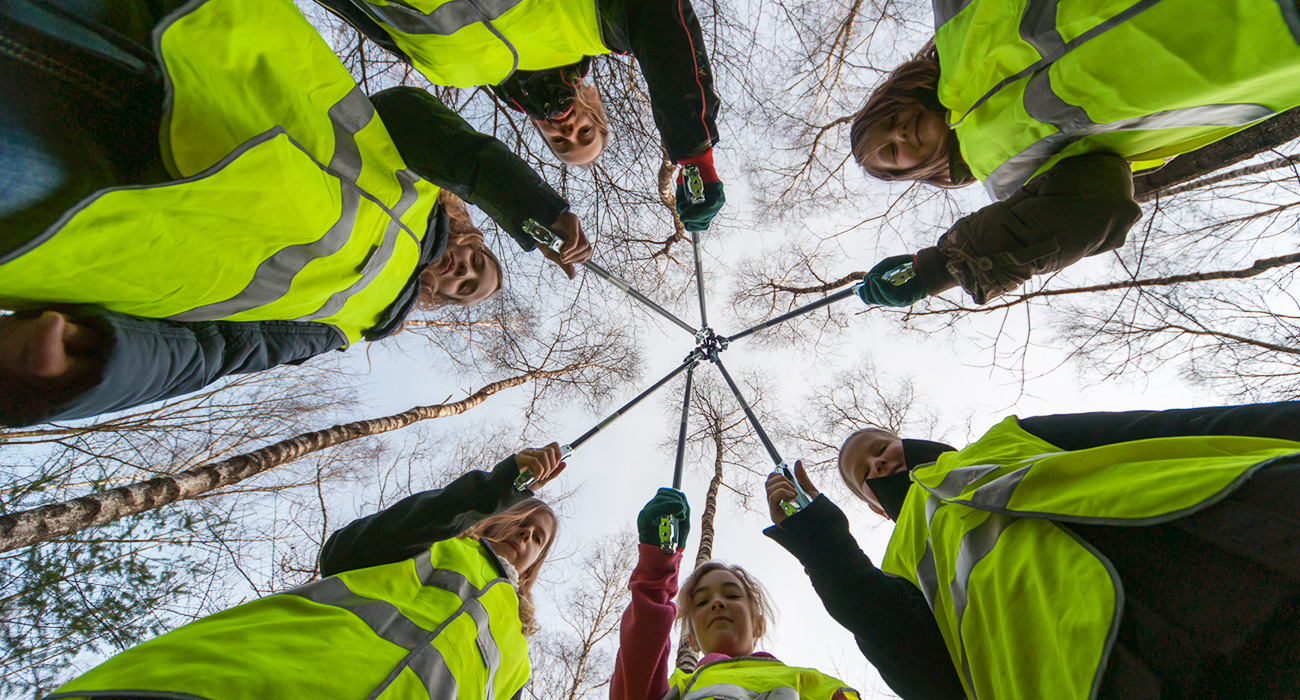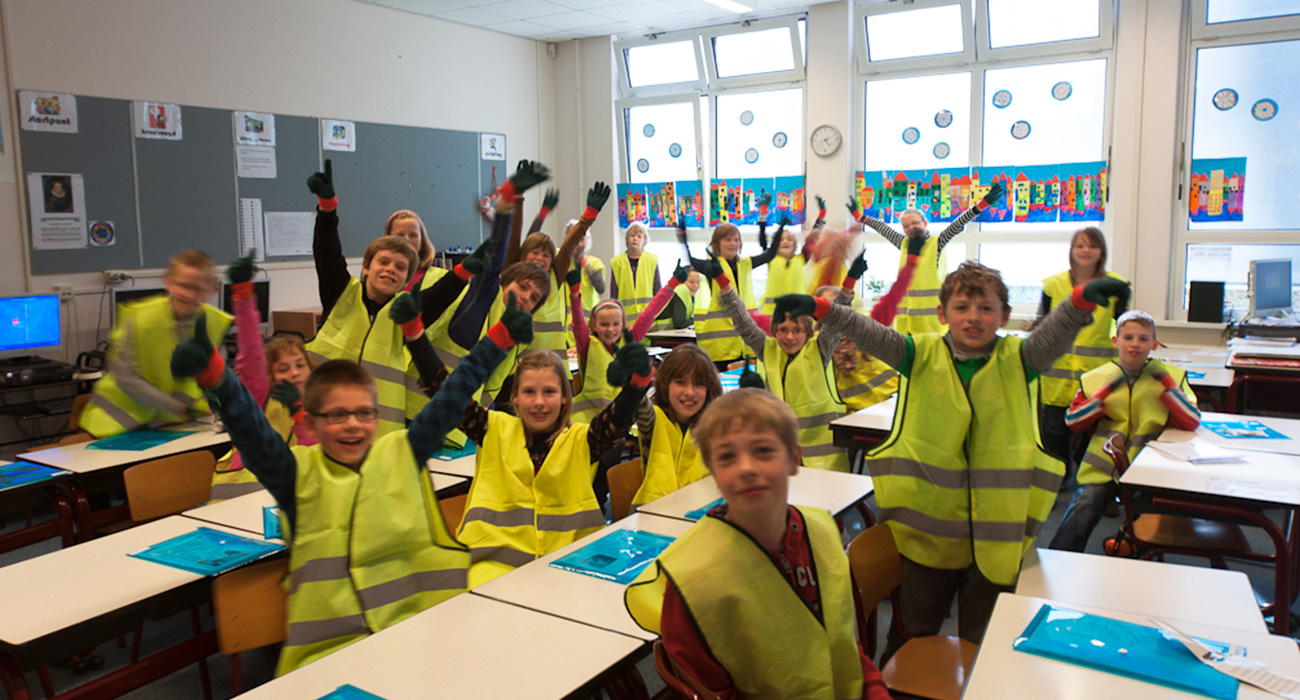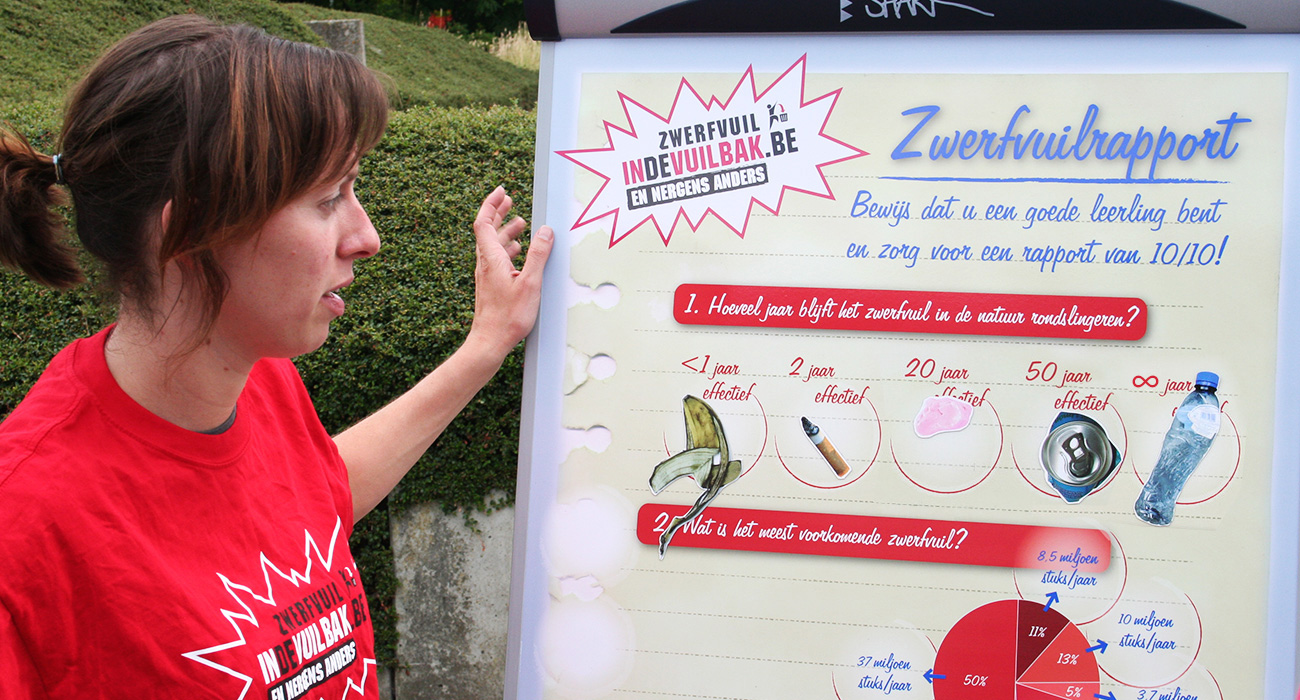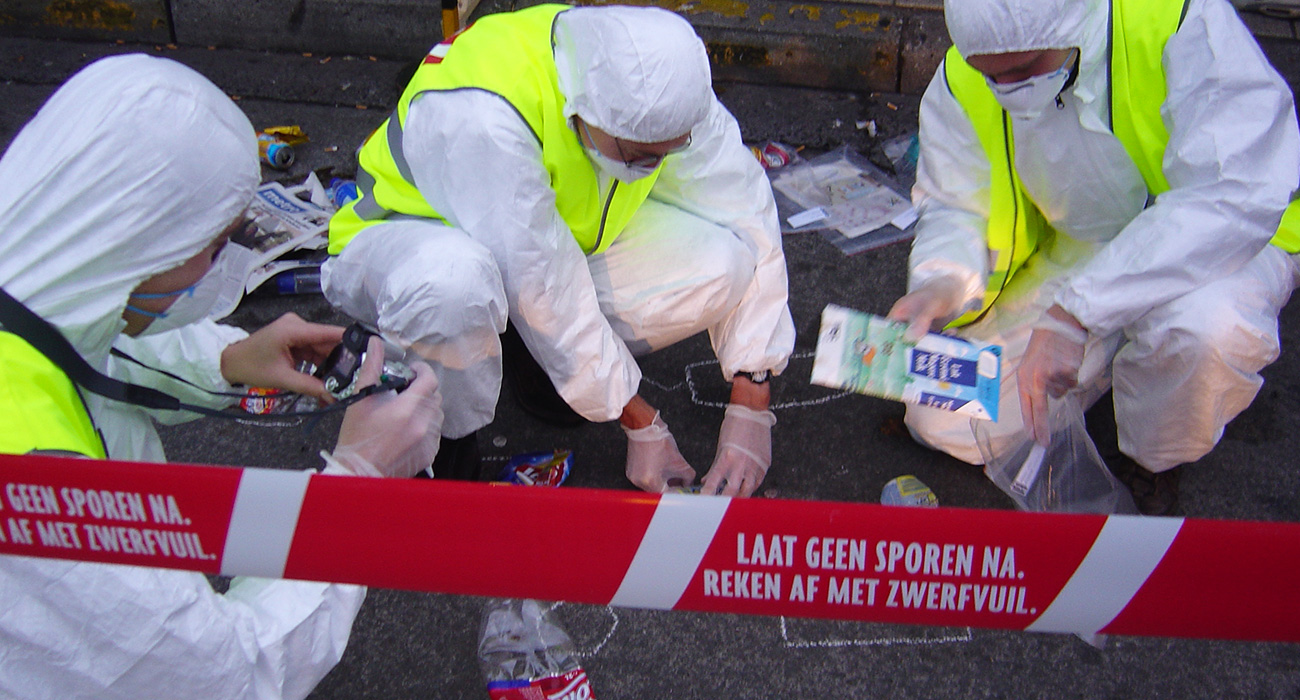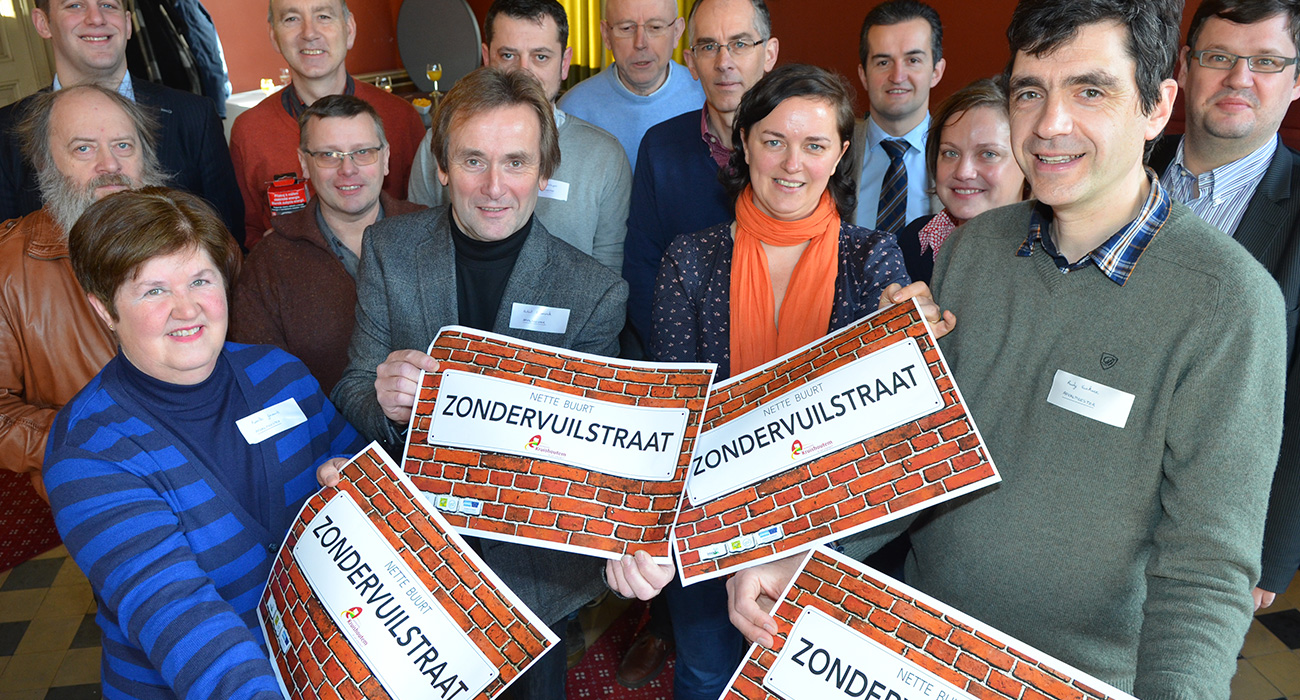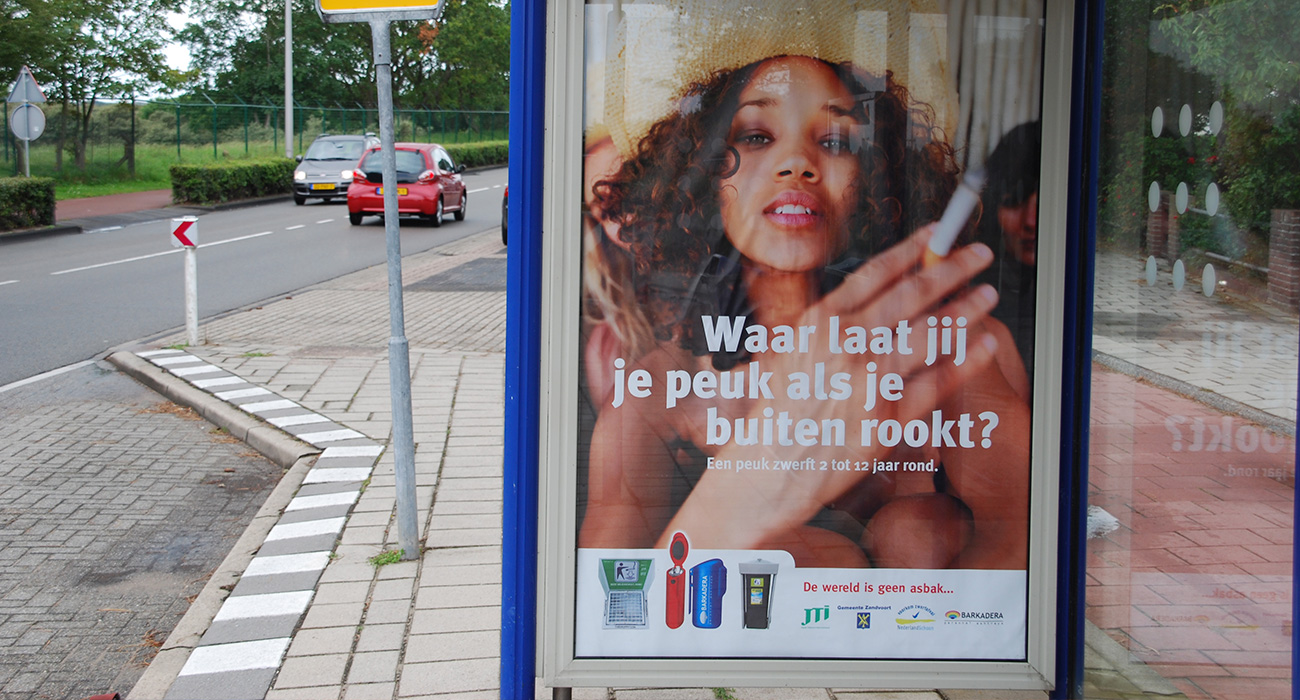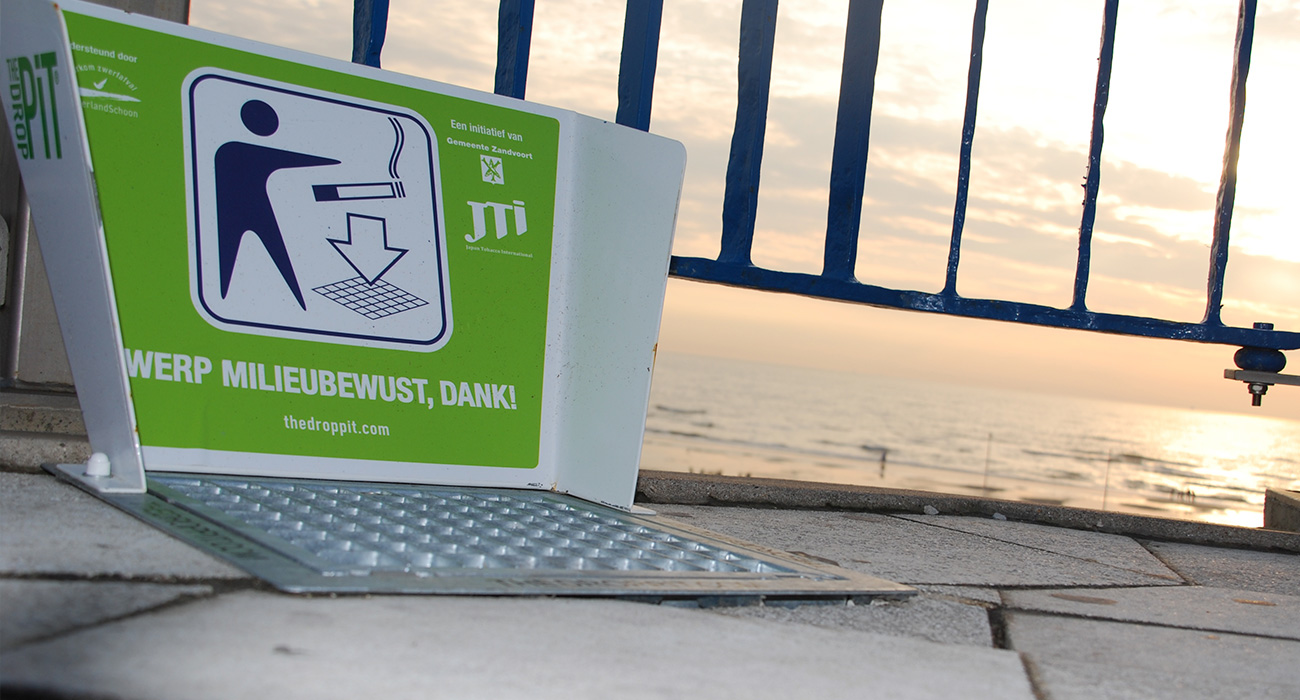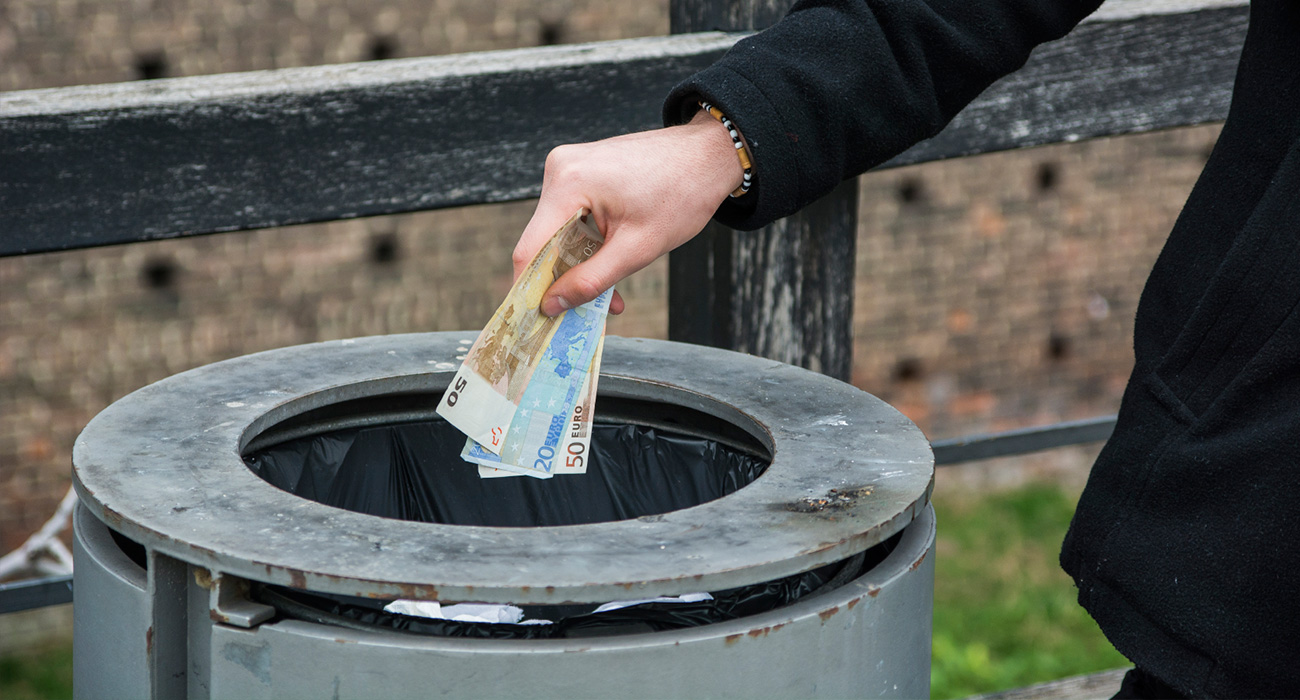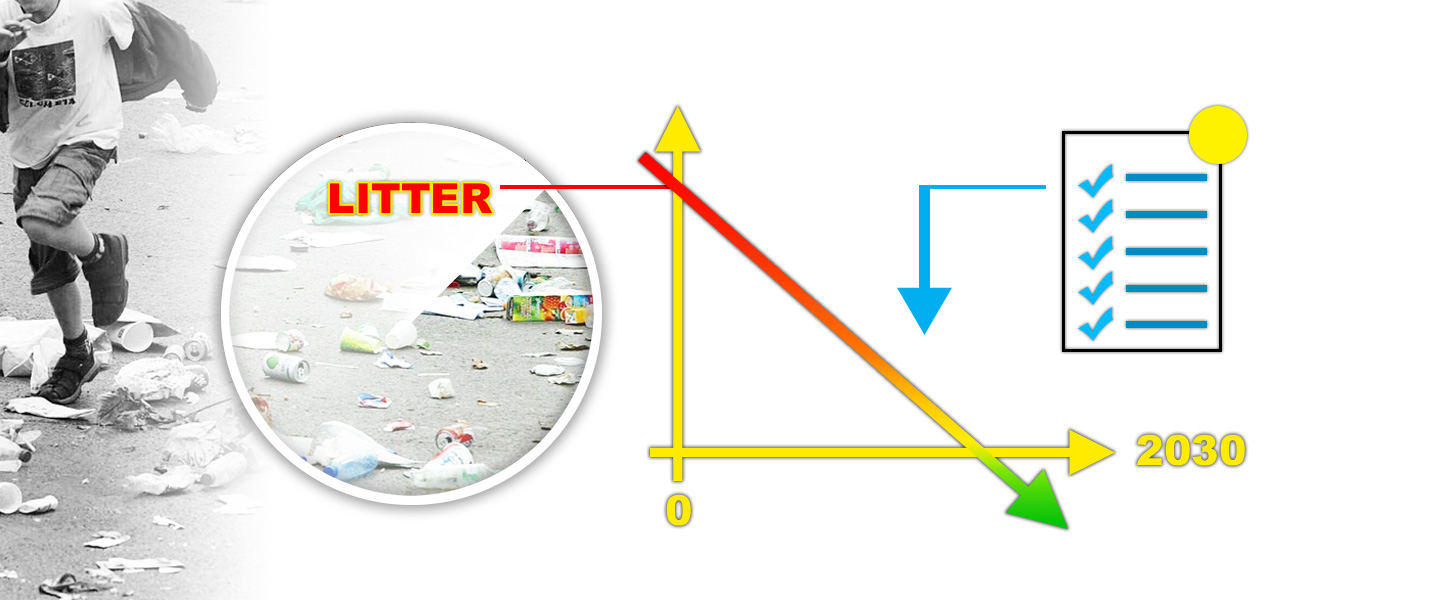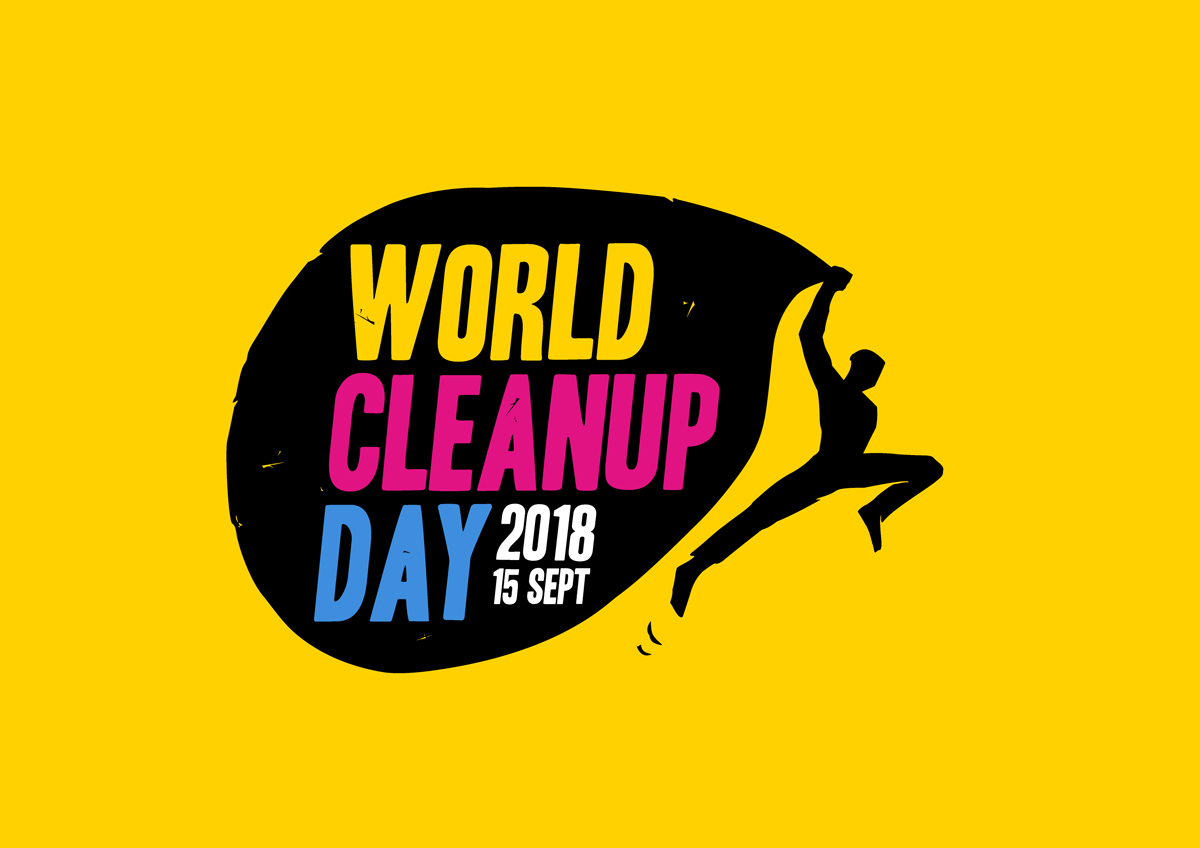
2,500 ways for litter to end up in our European seas
There are more than 2,500 rivers flowing into and potentially discharging litter in our regional European seas. How much litter precisely? No one knows. In the summer of 2016 the EU’s Joint Research Center (JRC) launched a two-year project co-named “RIMMEL” to develop a systematic way of tracking the amount of litter floating down EU rivers to the seas.
The programme is currently being piloted on more than 50 rivers across the EU. One of the Clean Europe Network members, the Spanish litter prevention association Paisaje Limpio, is piloting the measurement technique on three Spanish rivers: the Bésos in Barcelona, the Guadalhorce in Málaga and the Nervión in Bilbao - providing insights into litter patterns of cities with 1.5 million, 500,000 and 350,000 inhabitants, respectively.
To monitor the amount of litter floating on a river’s surface, the first step is to identify a specific monitoring location at the river’s estuary - a place just before the river enters the sea. Three monitors then go to observe the amount of litter that is present at that specific point for half an hour, once per week, during one year.
In order to count the amount of litter, the monitors use a mobile App provided by the JRC. The objective is to identify the amount of “macro litter”, that is, any litter that is bigger than the size of a cigarette butt. The JRC’s App makes it easy to classify litter in different categories which include: Plastic, Rubber, Textile, Paper, Wood, Metal, other litter and non-litter items (leaves, branches, etc.).
Once the monitoring phase ends in the fall of 2017, the JRC will be able to compile the data that was gathered from across Europe to develop a statistical model of the amount of litter entering our European seas. Any improvement in our understanding in the flows of litter can then help us address the challenges upstream and better focus litter prevention efforts.
For more information, please visit the JRC’s website: http://mcc.jrc.ec.europa.eu
